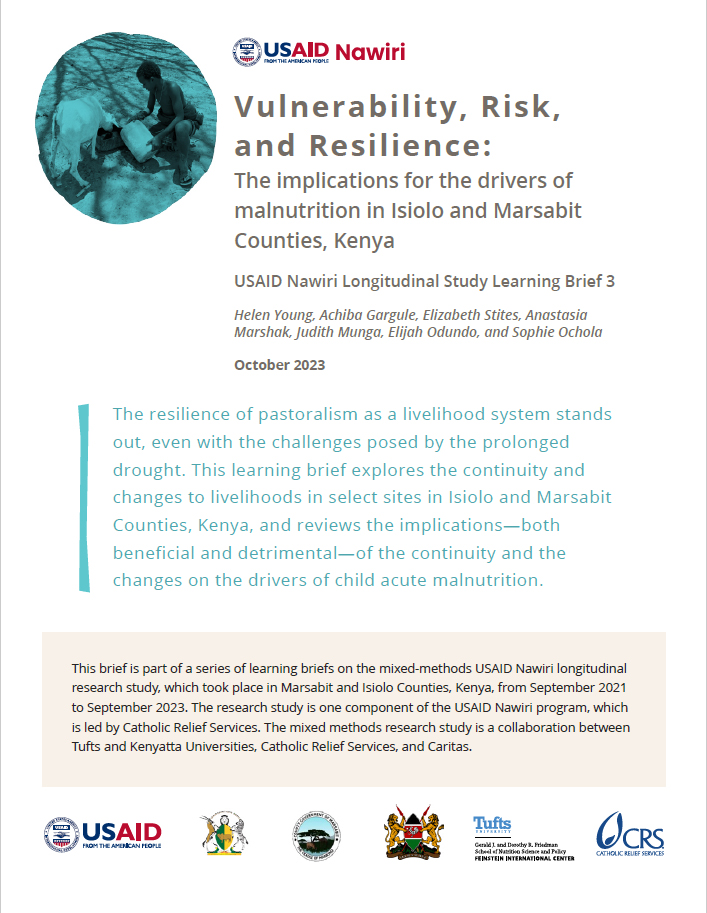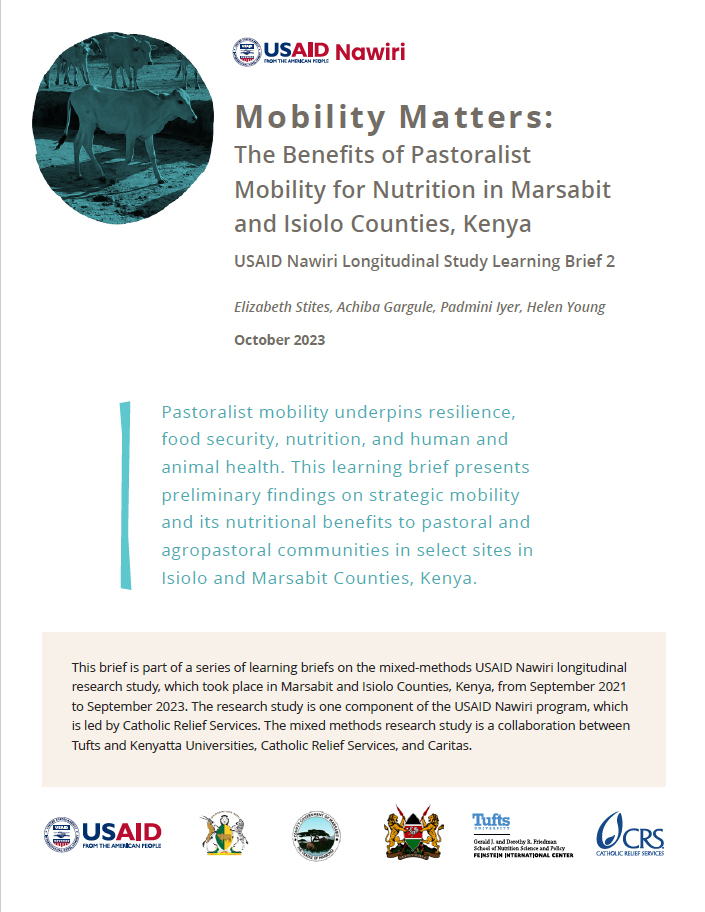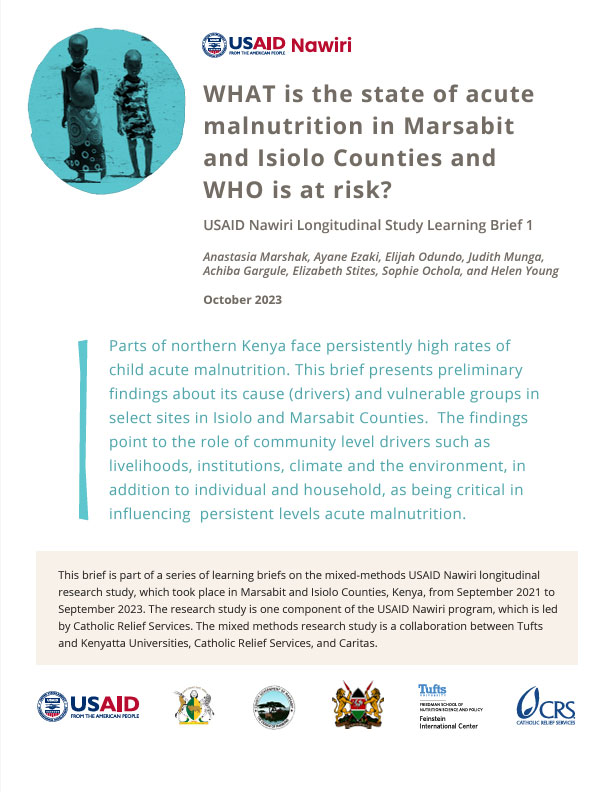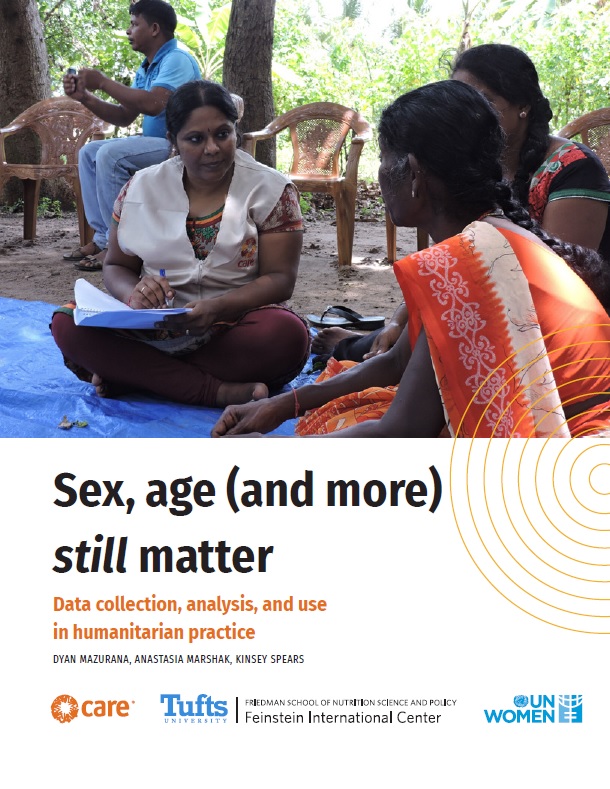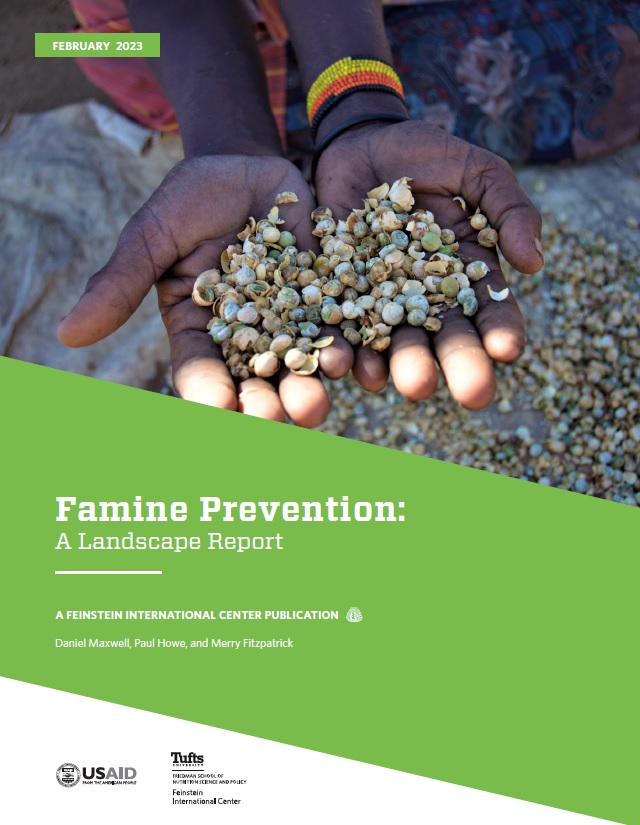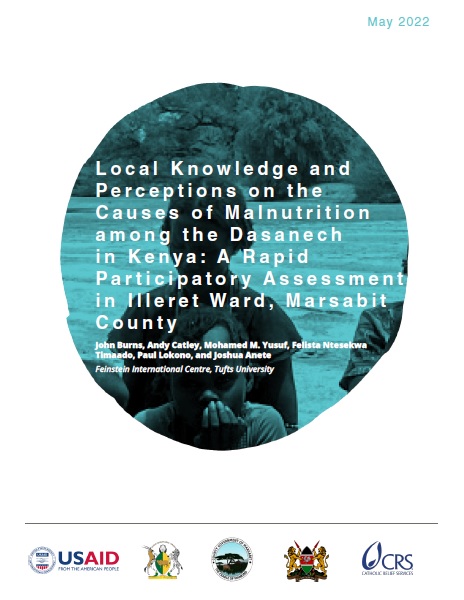Bangladesh has the fourth-highest number of children – around 600,000 at any one time – suffering from severe acute malnutrition (SAM) in the world. Currently, ongoing national programs (such as the National Nutrition Program) do not include an effective mechanism of identifying or treating young children who suffer from SAM. This prospective cohort study examined the effectiveness and feasibility of adding the diagnosis and treatment of SAM to the community case management package delivered by community health workers outside health facilities in Barisal, Bangladesh.
Results show that when SAM is diagnosed and treated by community health workers (CHWs) a very high proportion of malnourished children can access care and they are very likely to recover. The main outcome measures including the high recovery rate (92%) and low mortality and default rates (0.1% and 7.5% respectively) are all considerably better than the Sphere international standards for therapeutic feeding programs and compare favorably with other community-based management of acute malnutrition programs across the world, as well as with previous work that has examined the outpatient rehabilitation of children suffering from SAM in Bangladesh.
The level of coverage seen in this program – 89% (CI 78.0%–95.9%) by April 2010 – is one of the highest rates of coverage ever recorded for similar programs. In contrast, monitoring data in a comparison Upazila (an administrative subdivision of a district), where facility-based treatment was the only mechanism for treating SAM, showed that most children referred never made it to the facility or, if they did, they went home before completing treatment.
To our knowledge, the use of CHWs for this type of program has been documented by only one other program in Malawi and has never been documented in Asia. This study has demonstrated that such a model of care in Bangladesh is feasible and could be an effective and cost-effective strategy to ensure timely and high quality treatment for a condition that is typically associated with high levels of mortality.
This study is the result of a partnership between the Feinstein International Center, Tufts University, Save the Children USA, Institute of Public Health Nutrition Bangladesh, Sher-E-Bangla Medical College & Hospital, Barisal Bangladesh, and the Director General of Health Services Bangladesh.


